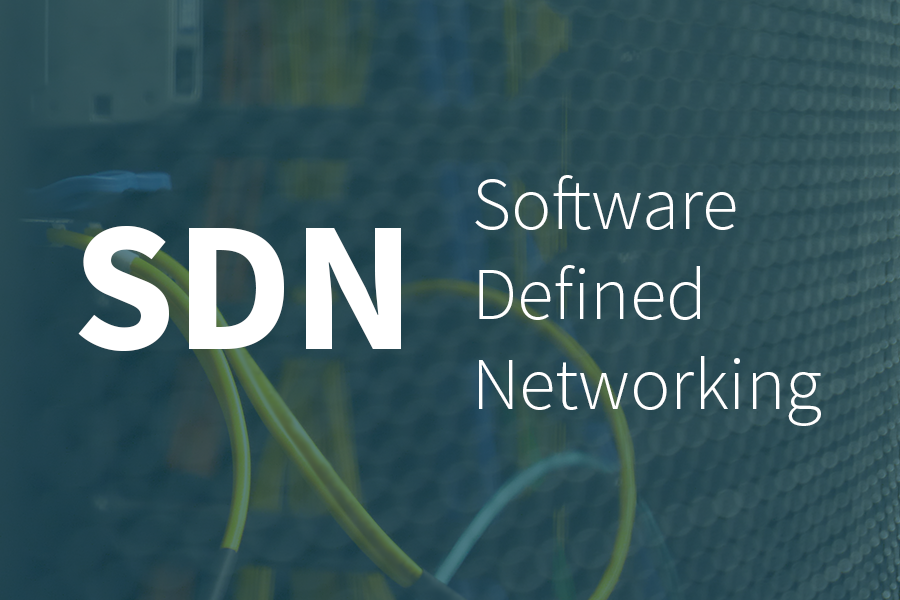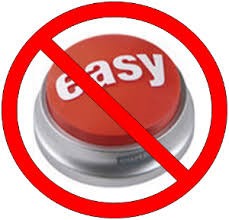Understanding Software-Defined Networking

As a Chief Architect for the Converged Network team at ivision, I receive a lot of questions about Software-Defined Networking (SDN). Probably the most prevalent is simply “What is SDN?” While that’s a great question, it’s equally important to know what it isn’t. It’s essential to understand the answer to both questions before exploring what an SDN strategy may look like for you. This knowledge lays the groundwork for more questions, like:
- Why would I want it?
- How does it work?
- What are the different “flavors?”
- How do I execute on a successful SDN strategy?
We’ll go into more detail in future posts, but for today, let’s start with the basics.
What is SDN?
Simply put, Software-Defined Networking, or SDN, is a strategy that removes control and configuration from each individual network device and places that responsibility on a controller. When done correctly, a controller-based approach yields the following benefits:
- Automation
- Configuration consistency
- Enhanced software/firmware upgrades (easier, quicker, less downtime)
- Increased visibility into network events
- Cost reduction
- Increased performance
- Real-time remediation of network brown-outs and black-outs without human intervention
Networks are getting too big and too complex to manage manually, one device at a time. The average network now has thousands of endpoints connected to countless routers, switches, firewalls, APs, load balancers, and optimizers. Scale alone dictates we can’t continue our current strategy. Businesses today demand that networking adopts a more agile methodology to keep up with organizational requirements and modern frameworks like AppDev. Downtime is now frowned upon for any reason, even when planned.
A controller-based approach eliminates the need to rely upon the failure-prone traditional network paradigm. It’s time to move away from configuring hundreds of individual network devices while attempting to anticipate countless possible failure scenarios. An individual network device has no visibility or control outside of itself. As networks grow and scale, stitching together hundreds of configurations so that they securely achieve optimal performance and predictable failover is almost impossible. Even if your organization has the greatest network architects and engineers of all time, you are one “fat finger” or software defect away from disaster.
By placing control within a centralized point that sees the entire enterprise, you can create policies that translate intent into intelligent action.
By now, SDN probably sounds like an ideal solution for your organization but it’s important to understand the limitations of it as well.
What SDN isn’t.

- It’s not an easy button. Getting an SDN strategy right requires a thoughtful approach with buy-in from the broader technical team and leadership.
- It’s not a cure-all. Employing SDN will not “fix” every network limitation or challenge in your current design. In fact, the evaluation process might unearth some current shortfalls you need to remediate before embarking on an SDN strategy.
- It’s not a magic bullet. Implementing an SDN strategy often requires a deeper understanding of your applications from both a business and technical perspective. Many of your in-house applications may not be recognized by your SDN platform out of the box and the controller will have to be instructed on how mission-critical applications should be prioritized and treated.
Getting it right can be a daunting task, but ivision is here to help! We’ve lead numerous customers to success on a variety of platforms. In our upcoming blog posts, we’ll cover the necessary ingredients for a successful SDN deployment and dig into some of the other questions you may have. Until then, keep the packets coming and let us know if there’s something you’d like to learn more about!



